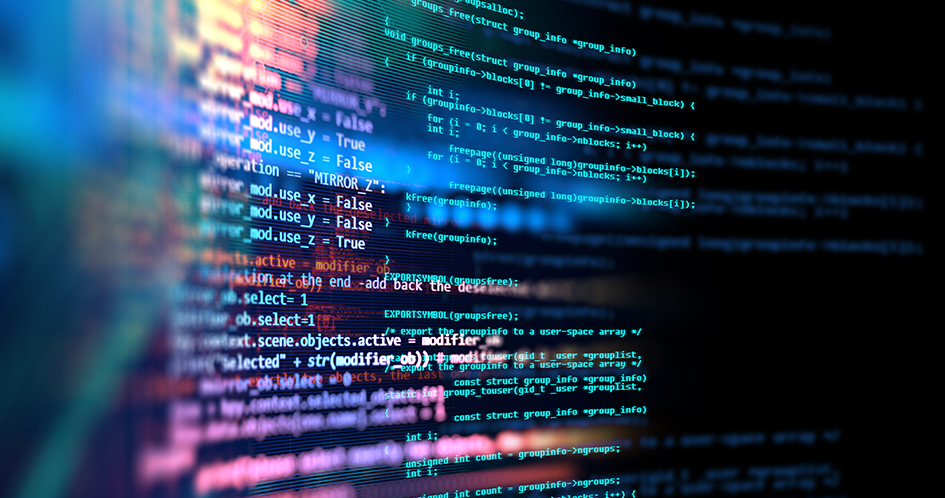Software Programming In today’s digital era, software or software plays an important role in everyday life. From smartphone apps to computer operating systems, nearly all of the technology we use depends on software.
However, behind its convenience and functionality lies a complex programming language. In this article, we will describe software as software and how programming languages enable it to function effectively.
Definition of Software as Software
Software or software refers to the set of computer programs, data, and instructions that give commands and control computer operations. In simple terms, software is the core of the digital technology we use.
In its broader form, software includes desktop applications, mobile software, operating systems, computer games, and more. Without software, hardware or hardware will not have the functionality or ability to perform the desired task.
Software Functionality
Software functionality involves everything that the software can do to satisfy the needs and wants of users. It covers the various features, settings and capabilities offered by the software.
For example, a photo editing application can have features such as shooting, retouching, color adjustment, and special effects. Software functionality depends on how the software is designe, developed, and updated.
The Role of Programming Languages in Software
Programming languages are a means of communication between humans and computers. In the context of software, programming languages are use to write code that instructs the computer what to do.
There are many different programming languages, such as C++, Java, Python, and JavaScript. Each language has its own syntax and rules that must be followe to create a properly functioning program. Programming languages allow developers to design and implement desired functionality in software.
Compilation and Interpretation of Programming Languages
Programming languages can be execute by two main methods: compilation and interpretation. In compilation, source code is written in a programming language, then compile into machine language that can directly execute by a computer.
On the other hand, in interpretation, the source code is execute line by line by the interpreter which is then converted into machine language on the fly. Both of these methods have their advantages and disadvantages depending on the needs of software development.
Software Development Stage
Software development involves a series of complex stages. These stages include needs analysis, design, implementation, testing, and maintenance. During the requirements analysis stage, software goals and requirements are determine.
Designing involves designing the software structure, interface layout, and workflow. Implementation involves writing code and developing features. Testing is carrie out to ensure that the software functions properly and meets the requirements. Maintenance involves updating and fixing if bugs are found or requirements change.
Conclusion
Software as software is an important element in today’s technological world. In creating and developing software, programming languages play a crucial role. Programming languages allow developers to write code and instruct the computer what to do.
With an understanding of the functionality of software and the role of programming languages, we can better appreciate the hard work involved in creating the software we use every day.

